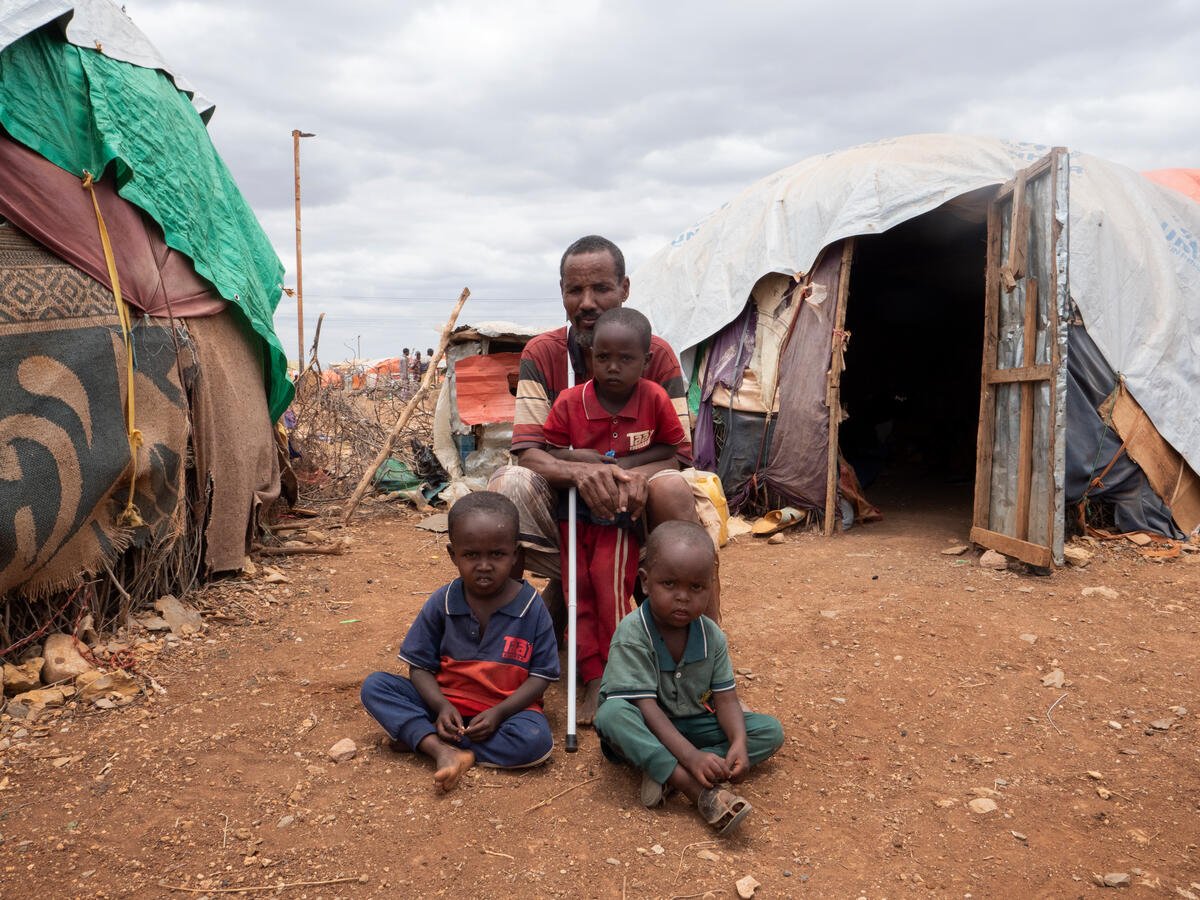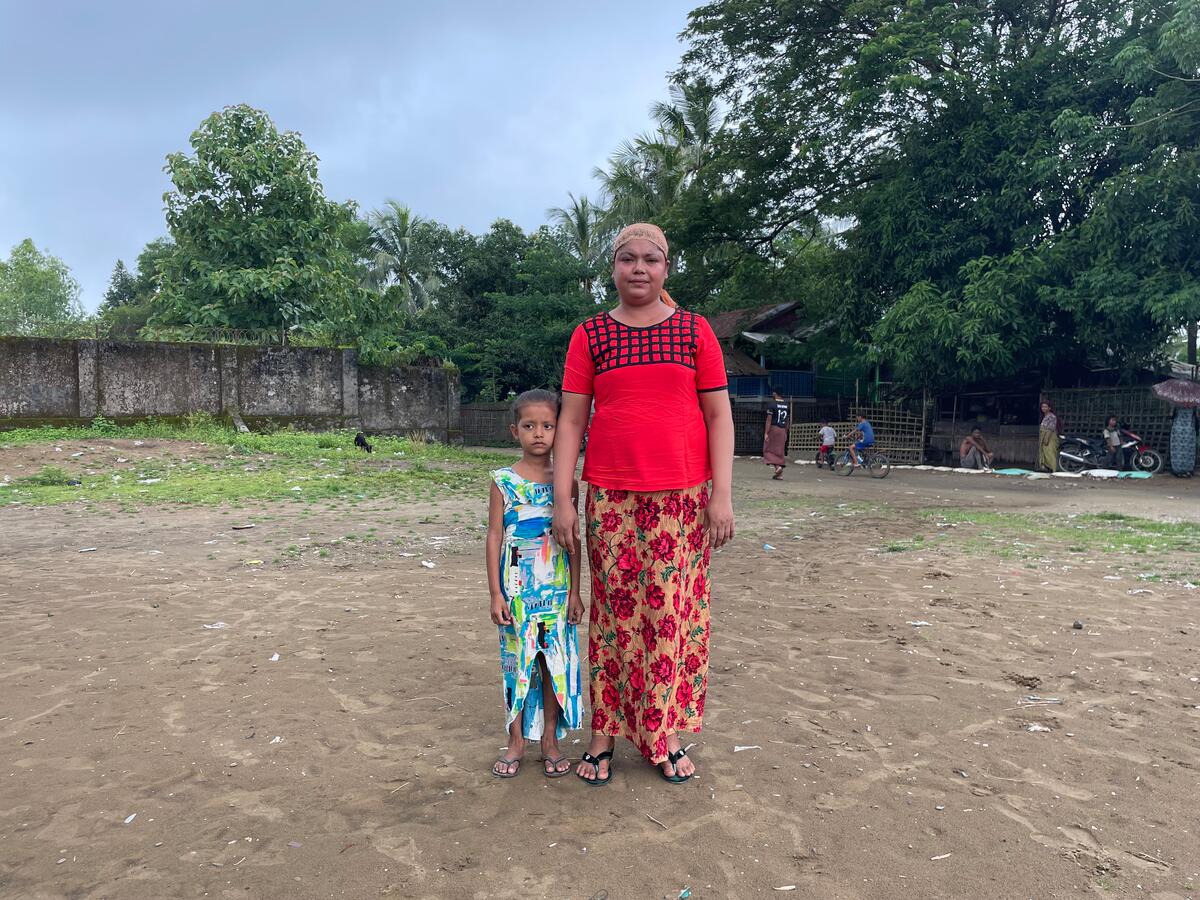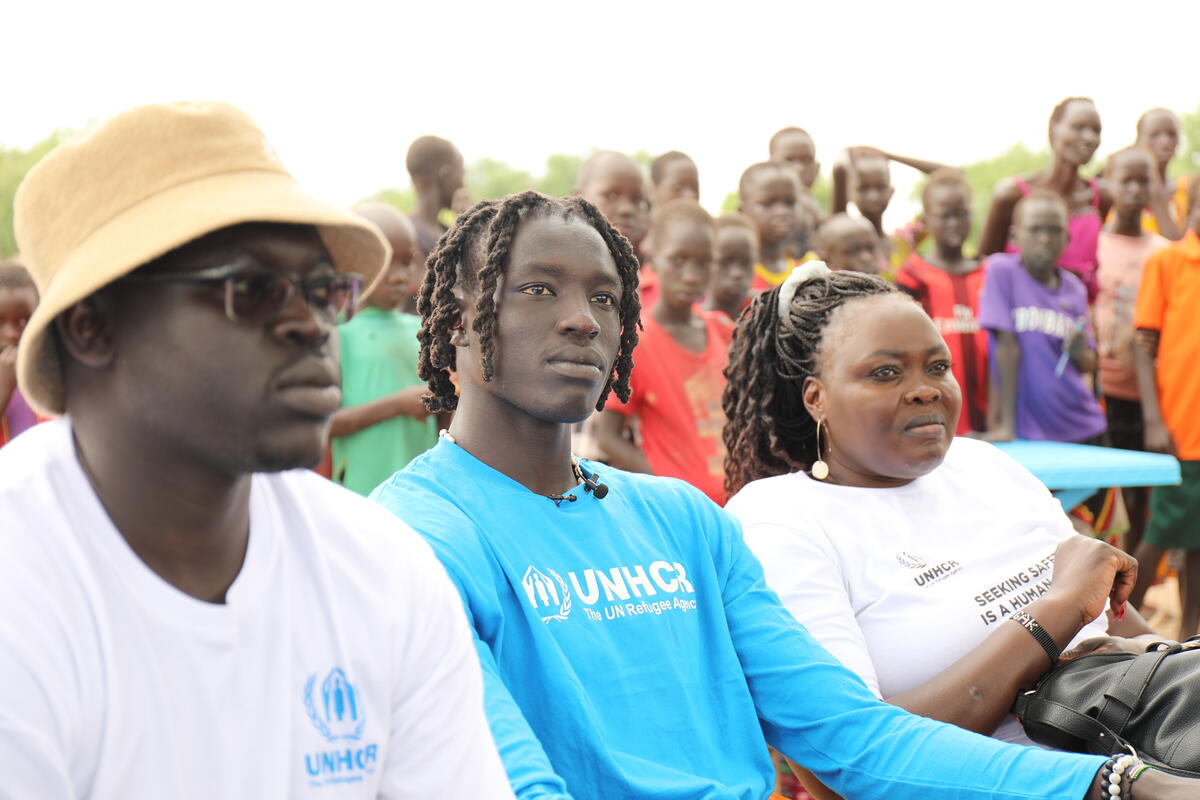UNHCR emergency team assesses needs in northern Somalia's Galkayo region
UNHCR emergency team assesses needs in northern Somalia's Galkayo region

GALKAYO, Somalia, January 15 (UNHCR) - A four-member UNHCR emergency team has been assessing the needs of thousands of displaced people in the Galkayo region of northern Somalia. The team is expected to pave the way for a permanent international presence in the region for the first time since the 1990s.
Some 12,000 people fled to Galkayo in the autonomous Puntland region to escape the recent fighting in central and southern Somalia between fighters of the Islamic Courts Union (ICU) and the Transitional Federal Government (TFG), which now controls most of the two disputed areas. Their arrival swelled the population of internally displaced people (IDPs) in the Galkayo area to some 35,000.
There are 14 refugee settlements around Galkayo town but many of the new arrivals are left to fend for themselves in the streets, living in slum conditions with no access to latrines, washing facilities or potable water, members of the emergency team said.
"Those whose clan is present in southern Galkayo receive protection and support from their clan members, but minority clan groups from further south in Somalia are collected in destroyed buildings and live in abject poverty, requiring immediate assistance," said Alex Tyler, a member of the emergency team.
The team drove in from the coastal town of Bossaso in Puntland on January 8 and plans to be in Galkayo for at least one month assessing the needs and numbers of IDPs and helping provide aid. The team will distribute shelter kits and basic supplies such as plastic sheets, sleeping mats and kitchen sets, which are due to be airlifted to Galkayo.
It will also work with partners and local authorities to develop a comprehensive action plan addressing the longer-term needs of Galkayo's IDPs, many of whom have been here for 10-15 years.
Although the TFG now controls the Somali capital Mogadishu, located some 700 kilometres south-east of Galkayo, the conflict continues to create new displacements and to prevent long-term IDPs from returning home.
"We left because we knew there was going to be fresh fighting and we were afraid of being caught in crossfire," said 60-year-old Rooxo, who fled her home in the Tayeglow region of central Somalia after her husband was killed. "Fear is still there, because we know it can happen again. Some of our houses have been destroyed, and so has our life there," she added.
Absheera, who is in her thirties, was worried about her children who can no longer go to school. "We need more than food. We need real assistance like shelters because they cannot go on sleeping outside," she said.
Many of the families here are headed by women, whose husbands have either disappeared or died in the fighting. "Many women are traumatised because of the loss of close relatives, or even because their family has been torn apart by the conflict, with one son supporting the ICU and the other the TFG," said Hawa Aden Mohammed, who heads a women's aid agency working in Galkayo.
Women also help their families survive by begging and collecting firewood outside the settlements, a task that puts them at risk of rape and theft.
Among the most vulnerable IDPs are those originally from clans based in southern and central Somalia, who have moved to Galkayo over the years to escape drought and inter-clan conflicts. Some of the displaced Somalis have no wish to go back to their native areas, where the security situation remains uncertain and there is a risk of retribution from rival clans. Other hope to go back home one day, but do not have the financial means to afford the trip.
The displaced people in Galkayo are part of an overall IDP population in the border region of Puntland and central Somalia of some 80,000. In all of Somalia, there are more than 400,000 internally displaced people, most of them displaced in earlier conflicts and by drought in south and central Somalia.
By Catherine Weibel in Galkayo, Somalia








